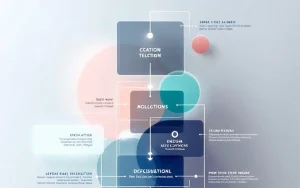Navid E-waste
Al-Powered E-Waste Recycling For A Greener Future
The Challenge
The primary challenge was to create a solution that not only aligned with the client’s vision but also stood out in a competitive market. We needed to combine creativity with functionality to deliver a design that resonated with the target audience.
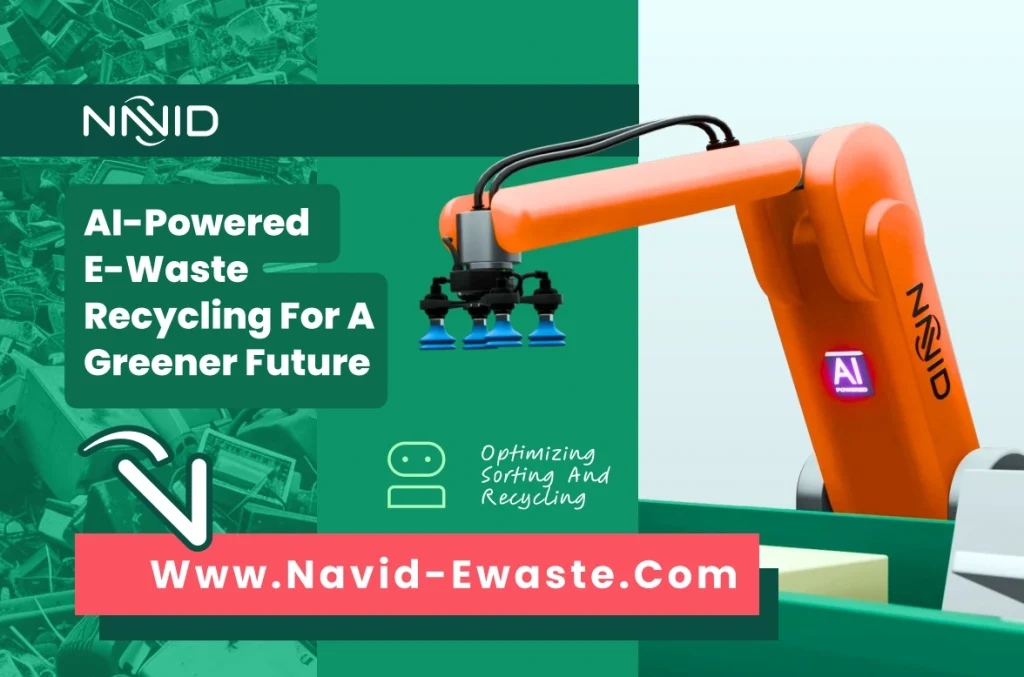
overview
Our approach focused on developing a modern and professional identity that reflects the client’s values. By blending clean design, strategic messaging, and a user-centered perspective, we delivered a cohesive brand experience that enhances both visibility and credibility.
Logo Concept


Font
Poppins
Aa
#0b6e4f
#c5d86d
#f05d23
Social Media
We designed a consistent social media presence by creating templates, branded visuals, and content guidelines. This ensured that every post supported the overall brand identity while engaging effectively with the online audience.

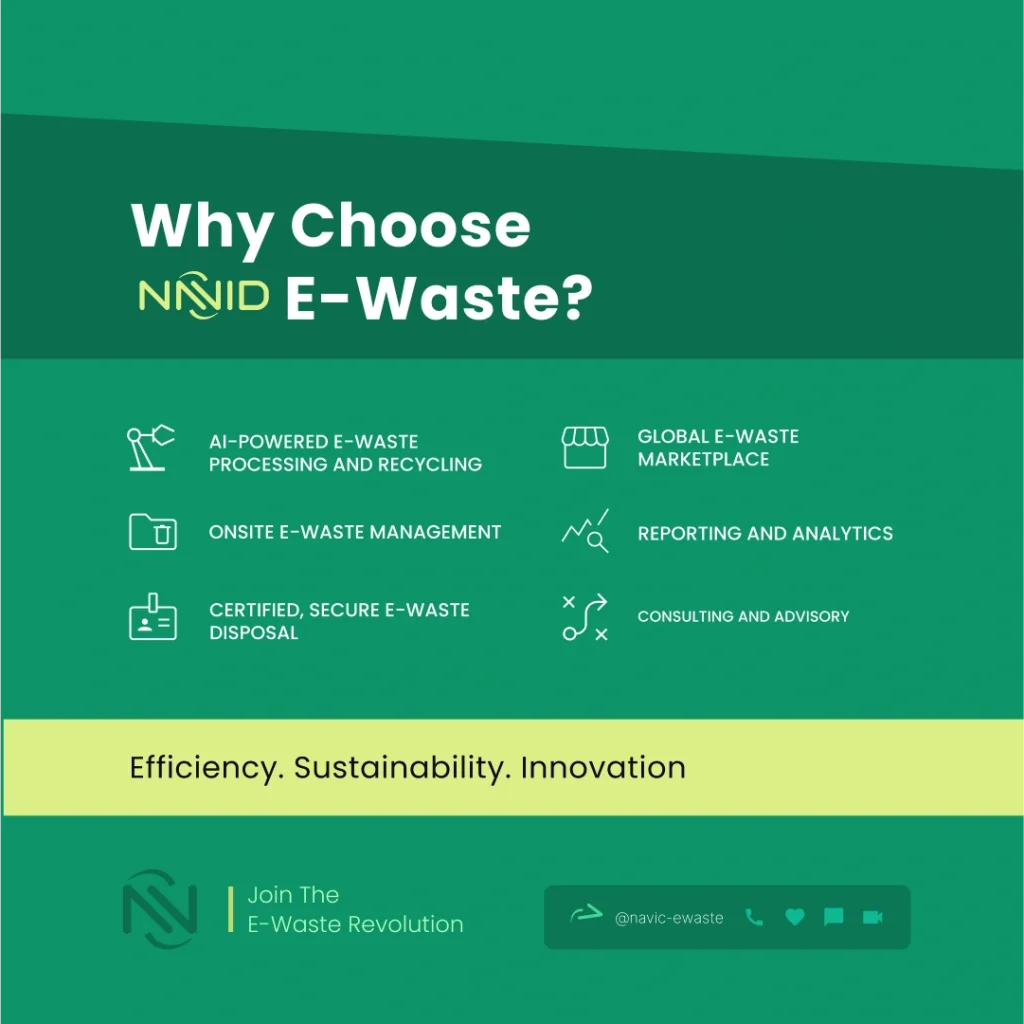
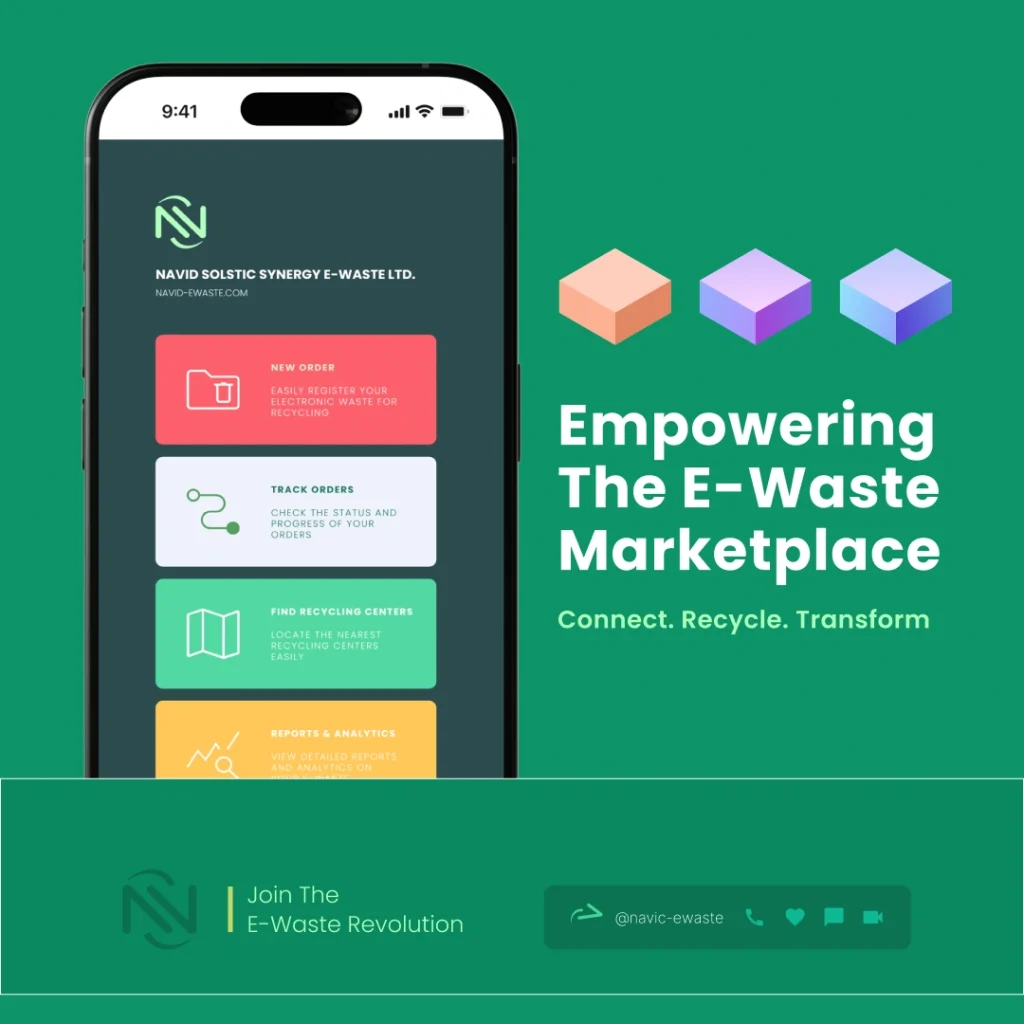
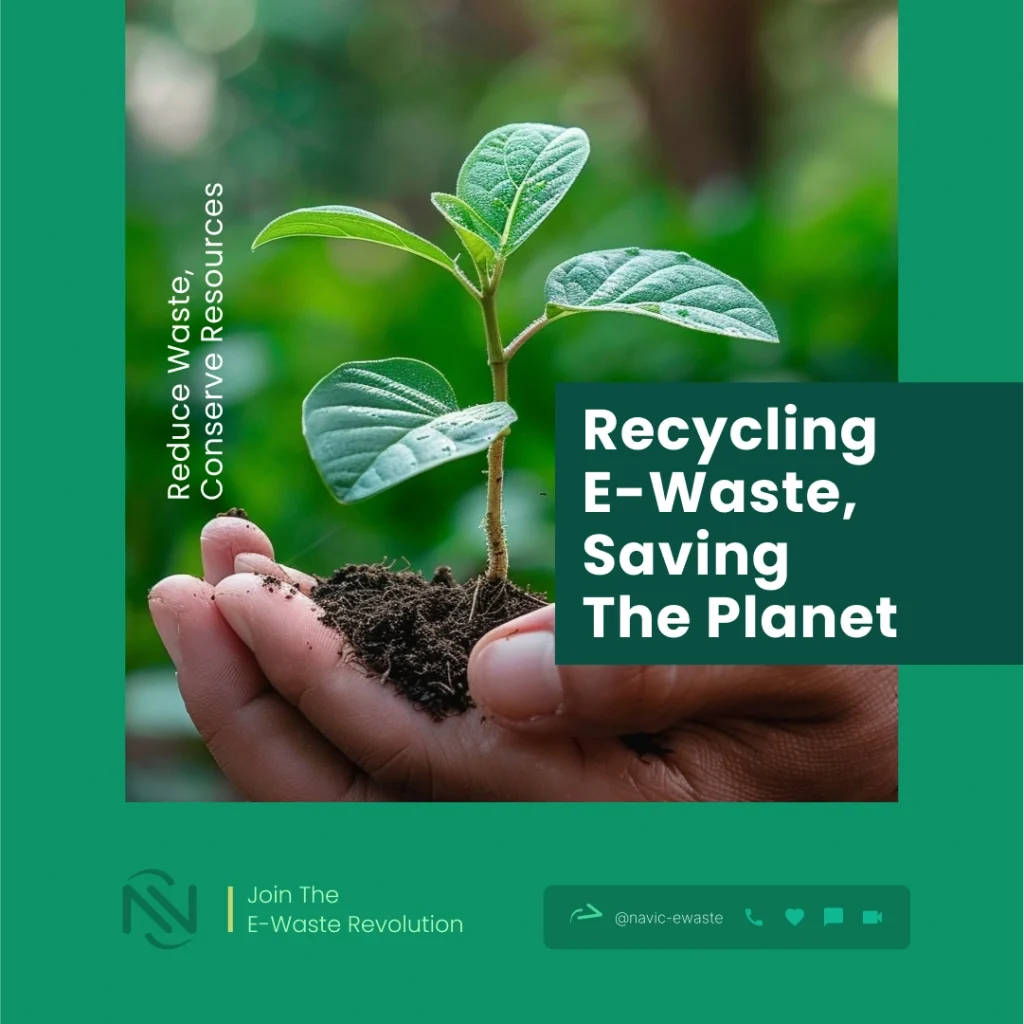
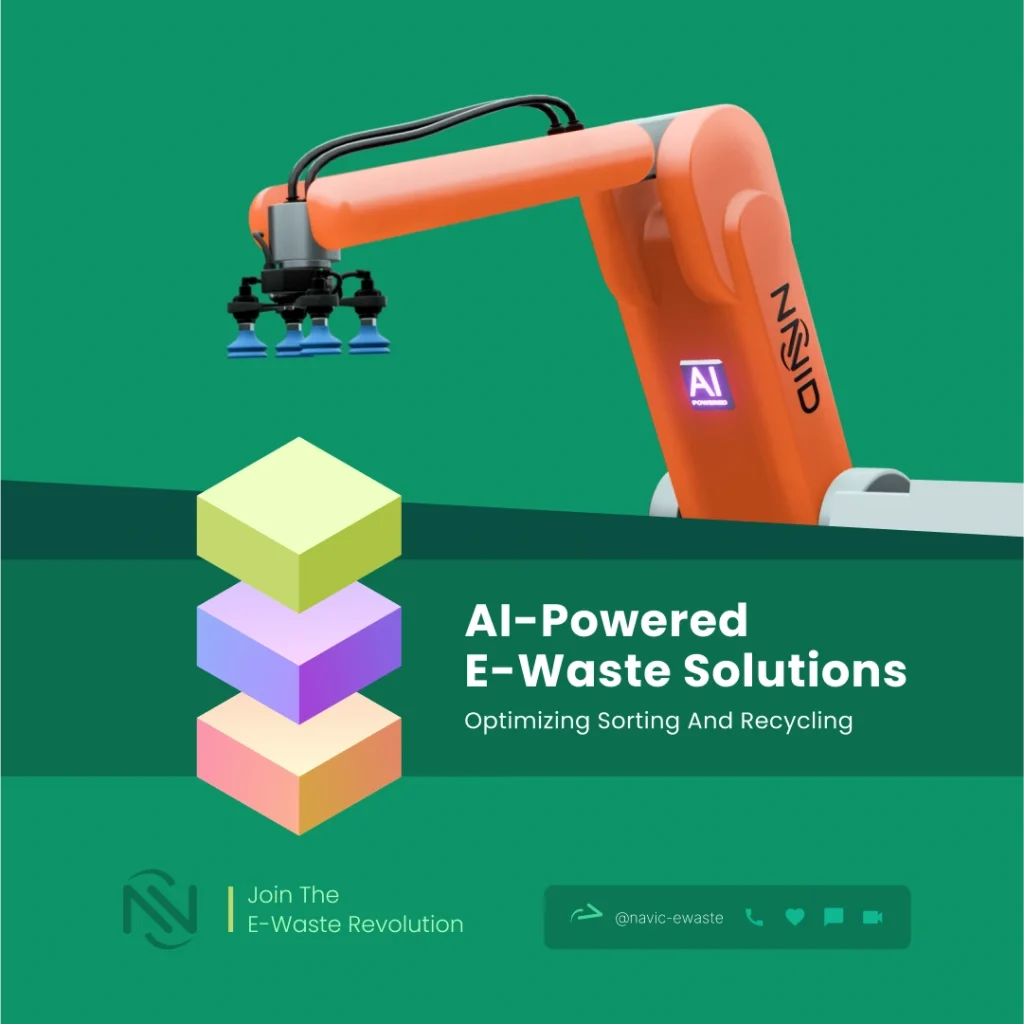

Stationery Set
A professional stationery set was developed including business cards, letterheads, and other brand assets. The goal was to maintain a consistent look across all physical touchpoints, reinforcing brand recognition and trust.
MVP: AI-Powered E-Waste Image Recognition
Our MVP demonstrates how artificial intelligence can identify and classify electronic components from images. Users can upload or link a photo, and the system automatically detects key parts such as circuit boards, batteries, and connectors — paving the way for smarter and more efficient e-waste recycling.
How It Works
Image Input
Users upload or link an image of an electronic device or circuit
AI Processing
A trained computer vision model analyzes the image and locates recognizable components.
Classification
The system classifies elements like PCBs, wires, batteries, and casings
Insights
It provides metadata about potential materials and recycling categories, helping to optimize the sorting process
Challenges & Learnings
Data Diversity
Electronic waste varies widely in shape, texture, and color. Collecting enough diverse images for accurate AI training was a key hurdle.
Model Accuracy
Differentiating between visually similar components (e.g., chips vs. connectors) required iterative fine-tuning and synthetic data generation.
Resource Efficiency
Processing high-resolution images efficiently demanded model optimization and compression without sacrificing accuracy
Real-World Conditions
Lighting, background noise, and damaged devices affected recognition performance — leading us to enhance pre-processing and noise reduction.
Scalability
Ensuring that the model could handle large datasets and future real-time detection needs was critical for long-term deployment
Insights & Resources
Practical Tips and Actionable Advice to Strengthen Your Immigration Application
August 16, 2025 | by admin
Read More →
Detailed Analysis: Effective Market-entry Strategies for Canada & Europe
August 16, 2025 | by admin
Read More →

